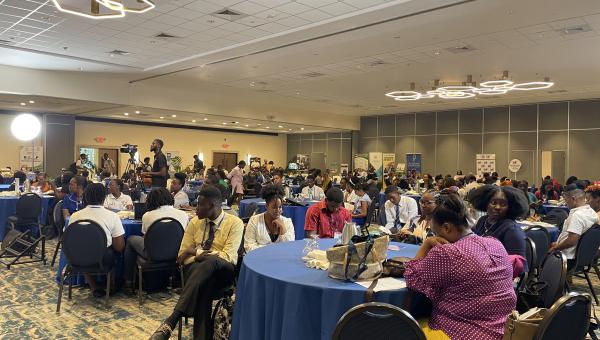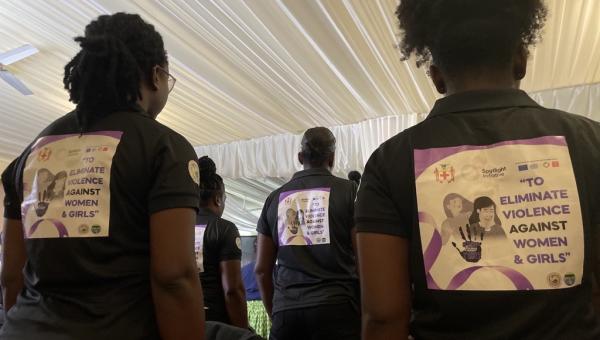
A Checklist based on UNDP's Policy
Examples of Sexual Harassment
Sexual Harassment Examples
Reference: Annex 3: UNDP Policy on Harassment, Sexual Harassment, Discrimination, and Abuse of Authority
Sexual Harassment definition and examples - UNDP's Policy
How does UNDP's policy define Sexual Harassment? Sexual Harassment is a form of harassment and is any unwelcome sexual advance, request for sexual favour, verbal or physical conduct or gesture of a sexual nature, or any other behaviour of a sexual nature that has or that might reasonably be expected or be perceived to cause offense or humiliation. Sexual harassment may result in an intimidating, hostile or offensive environment or is made a condition of employment. Sexual harassment normally implies a series of incidents. However, a one-time incident could fall within the definition of sexual harassment if it has an unambiguously offensive sexual character. Staff members with any gender identity can be either the injured party or the offender.
While sexual harassment typically involves a pattern of behaviour, it can take the form of a single incident. Individuals regardless of gender identity can be complainants or alleged offenders. There are many examples of sexual harassment. Read the checklist of examples of Sexual harassment to determine if they apply in your situation.
Examples of sexual harassment include:
-
Repeated requests or other forms of pressure for a sexual or other personal — rather than professional — relationship (e.g. repeated requests for ‘a date’);
-
Unwarranted, intrusive or persistent questioning about a person's marital status or sexual interests, history or orientation;
-
Obscene messages sent by text message, email, video chat, social media platform or left on an answering machine or voice mail;
-
Open or implied threat that submission to sexual advances will be a condition of some form of commendation, work status or access to promotion or development opportunity or positive performance evaluation;
-
Remarks speculating about a person’s sexual activities or history, or remarks about one's own sexual activities or history;
-
Displays of material of a sexual nature (including pornography) including posters, pinups, cartoons, graffiti, objects, or messages left on notice boards, desks or common areas;
-
A pattern of conduct, which can be subtle in nature, that has sexual overtones and is intended to create or has the effect of creating distress and/or humiliation in another person;
-
Using unwelcome ‘pet’ names, such as “honey”, “doll”, “babe”, “princess”, etc.;
-
Innuendo or other suggestive, offensive or derogatory comments or jokes about a person’s gender identity or sexual orientation;
-
Unwanted, uninvited or inappropriate touching, patting, hugging or other physical contact (e.g. massaging a person without invitation or deliberately brushing up against them).
-
Rape, attempted rape, sexual assault, or any sexual act committed using coercion or without consent are criminal offences and should be dealt with in line with para 38.
DOWNLOAD Examples of Sexual Harassment, Discrimination and Abuse of Authority
REPORT SEXUAL HARASSMENT
Sexual Harassment Online Resource Centre

 Locations
Locations




